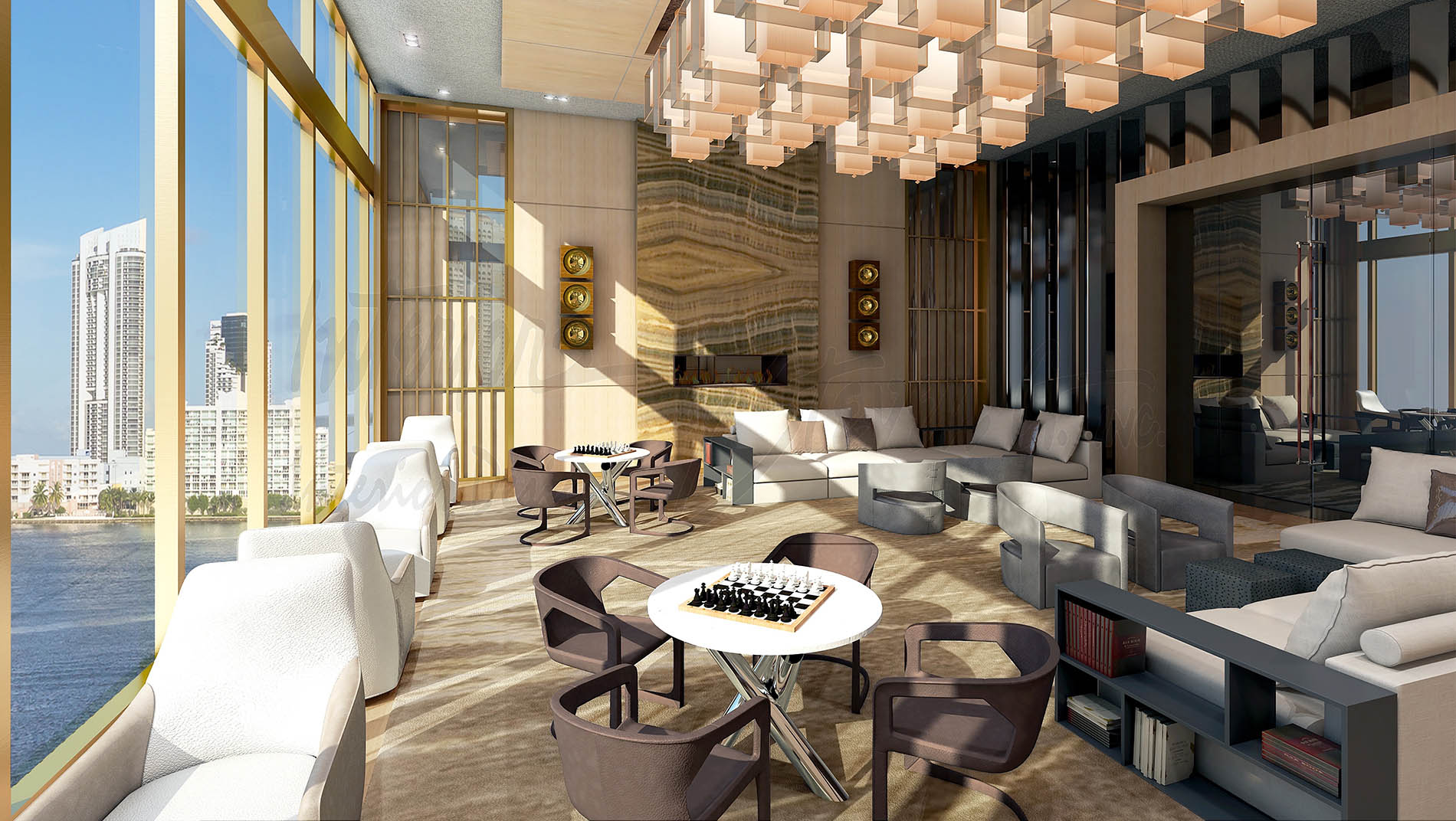4 Essential Elements Of Hospitality Interior Design

Industry leaders explored the top 10 things that you need to know about hotel interior design. Every interior designer, particularly those involved in hospitality, needs to take into account the values of tradition. Beautiful interior designs for hotels should never overpower functionality, particularly in the guest rooms.
Hotel interior design is extremely useful when a hotelier wants to make positive first impressions and experiences to the guests, planners, employees, attendees, or anyone else who walks into a hotels property. When designing a hotel, it is absolutely critical to ensure it makes a great first impression to visitors. Make sure your hotel is able to fulfill and well-cover all elements, as well as thinking of its visual identity.
Other things such as interior design of a hotel, its location, the overall aesthetics matter greatly when someone is choosing a hotel to stay in. When creating the blueprints for the interior details for the lobby in hotels, taking into consideration the space layout is essential.
Design elements can be reinforced through small details that help to create the space — the hotel lobby, in this case. When designing a lobby, you have to let those creative juices flow, and find ways that allow the space to properly be broken down.
For instance, you could provide space for socializing as well as a private space within your hotel design.
Hotel Design for Guest Rooms must be focused on creating Guest Rooms conducive to relaxation and comfort. Of course, the primary consideration for the guest in the hotel is going to be the guest room.
Transitions between rooms need to be seamless, in order for people to experience the hotels atmosphere. Remember, rooms that look overcrowded may seem crowded for guests, so opt for well-balanced interior design layouts that bring relaxing vibes into a room. Modern hotel designs are supposed to be less boring, so you need to bring elements of excitement to the rooms.

You can improve your hotels guests experiences and moods by choosing textures that fall under a single color palette, and by implementing a variety of floor coverings and walls. Your designers are likely to take into consideration color schemes, the flow of rooms, and features that may help to improve the experience for various guests, so each one is able to enjoy your hotel to his or her needs. There is a popular trend for themed hotel rooms, which can cater to your guests individual preferences. A signature element could include large lobby areas, vibrant color schemes for the hotel rooms, and creative spaces for business travelers.
Architect firms will frequently include a unique element in designing an important hospitality industry project. Professionals who specialize in hospitality interiors create designs that are replicable in different geographies. Interior design for the hospitality sector is focused mostly on the service sector, including hotels, restaurants, coffee shops, bars, fitness clubs, salons, spas, and country clubs, among others. Hospitality interior design firms London serve a wide range of businesses such as hotels, restaurants, cafes, lounges, luxurious spas, country clubs, bars, and leisure spaces.
Interior architects and designers for hospitality realize that spending money is an important endeavor, and they are taking this responsibility seriously. Everything has to be immaculate throughout the tourism sector, and the designs are at the forefront. There is not one-size-fits-all method for making sure your hotel is considered contemporary, but a good starting point is keeping up to date on trends within the hospitality industry – particularly in terms of technology and design – to make sure that you are meeting the needs of your customers, while staying on or ahead of your competitors. Identifying the potential market segments and typical hotel guests is one of the most important, essential steps to creating designs.
A guest may see the hotels goals and vision very quickly, which is reflected in interior design, and may therefore decide to stay according to this vision. This gives your guests a chance to experience more of your locations culture, builds strong connections to artists and local businesses, and can greatly enhance the interior design of your hotel. Great hotel designs are focused on specific elements that are core to a given establishments goals. Hotel design represents the audiences that you want to attract, conveys your brands promise, highlights all of the amenities you provide, and much more.
The design of your hotel needs to embody, among others, the audience that you would like to attract, your brands merits, your location, and the amenities you provide. Presentation and the selection of design elements are critical, and the furnishings, furnishings, and general look and feel of rooms and particular areas will probably determine what kind of guests you draw to an establishment. Rather than using complicated pieces of furniture which hardly anyone will ever use, you need to inject vibrant, bright colours and textures into the interior of the hotel that your customers will live around all their time while staying. No matter what the level of luxury is in your rooms, you should provide an appealing colour scheme, welcoming layouts, and well-thought-out design elements which would make your guests immediately comfortable.
Hotel interior design can drive business, making the difference between a high-end experience and a failure – so it is at least as important as the quality of service provided. For needs, a focal point of the hotel room must leave a long-lasting impression.
Along with target groups of guests, the space design, infrastructure, management, and staff play roles in maintaining consistency of flow. Each of the fundamentals covers a critical element of hospitality services, such as narrative, target audiences, space identity, spatial design, and services.











